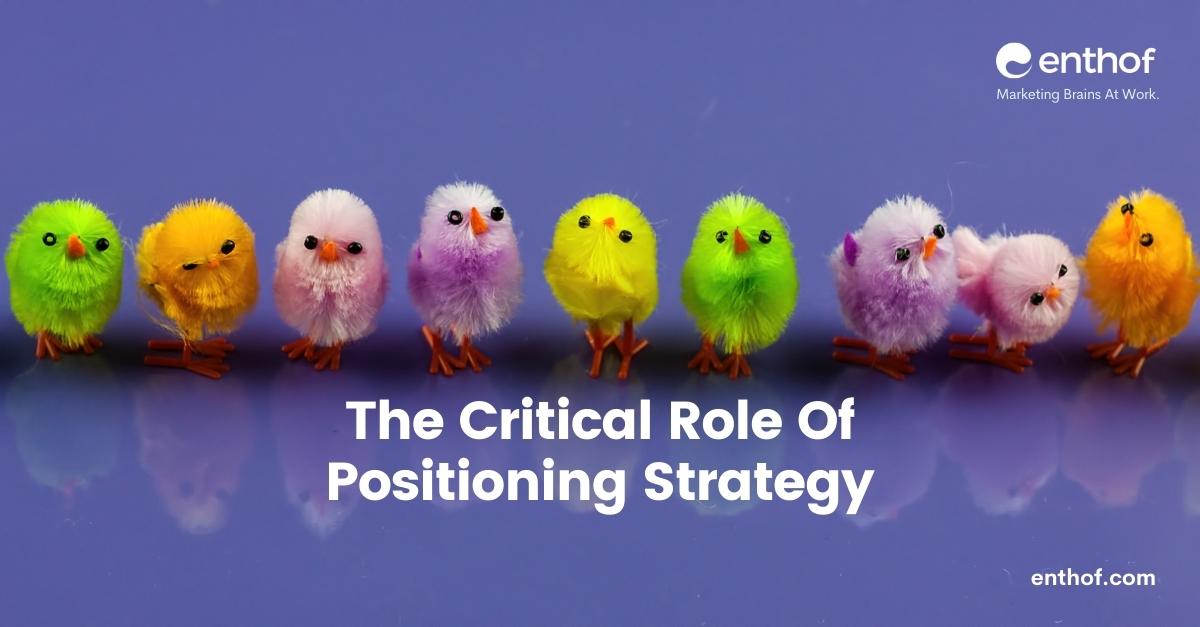What is the Role Of Positioning Strategy? Understanding the market means understanding yourself in order to create your business strategy. Knowing your customers and understanding their needs is key to positioning. Positioning helps buyers quickly understand what you offer, so that they can find solutions for their needs. To give context to your offerings, you can help customers better understand what you offer. This will help people identify the box that your brand fits into. It is important to be aware of what options your target customers might choose when buying products that meet their needs.
Distinctiveness and Differentiation
Differentiate or Die and Positioning: the Battle for Your Mind books are intended to help people position and differentiate their brand. The 1960s saw the widespread use of the Unique Selling Proposition. These approaches are still popular among branding professionals. They emphasize the importance of identifying unique brand benefits that other brands cannot match. They emphasize being the only one and distinguishing around a unique benefit. There is an ongoing debate on this topic, sparked by Byron Sharp’s book, How Brands Grow.
Byron Sharp’s research has shown that consumers don’t perceive brands differently in a variety of markets. Brands aren’t radically different from their competitors on the market, it seems. Sharp has cast doubt on whether differentiation is a true branding goal. Data suggests that success should be driven by distinctiveness.
Role Of Positioning Strategy
These two terms can mean different things. Differentiation is a way to make your brand stand out from its competitors. Differentiability, on the other hand, is about creating a unique look and feel for your brand that makes you stand out from other brands in your industry. This topic is currently being debated, sparked in Byron Sharp’s book, How Brands Grow.
Sharp’s findings are ignored by some branding professionals who believe that brand positioning focuses on identifying a single attribute or association a brand has in the mind of its target consumers. This view holds that brands that succeed are able to claim things that other brands cannot. They have associations that other brands can’t claim. Because they are different, they succeed. These professionals believe that their brand has a purpose and is there to save people, inspire peace, and create harmony.
Knowing that these are important issues in branding means that I will research the positions of professionals I interview for my podcast or work with to help me build my brand.
Sharp states that distinguishability is achieved through the use of brand assets that stand out to help people recognize your brand in various contexts. It’s about choosing the right brand name, logo color palette, font, tagline and images that make you stand out from your competitors. Sharp says that differentiation doesn’t last, but distinctive branding does. Sharp suggests that marketers should not strive for meaningful, perceived differentiation but instead seek meaningless distinctness. He is right in all product categories. Our buyers are not different from those of our competitors. Is it worth trying to differentiate our offering from the offerings of competitors?
Sharp emphasized the importance of distinctiveness. Branding is all about being distinctive. What makes you different? It seems that the emphasis has been so heavily placed on brand identity, that distinctiveness has often been overlooked.
Sharp’s research focuses on the importance of distinctness. This reinforces what we already know about IP: you must be distinctive in the brand name and assets you choose to avoid trademark conflicts. Companies should look at IP of competitors to help them distinguish themselves from their competitors when making branding decisions. Your branding choices should be made to distinguish yourself from the brands of your competitors. Your brand’s distinctive elements, including your name, will make you stand out using IP protection (if that is part of your visual identity creation process).
